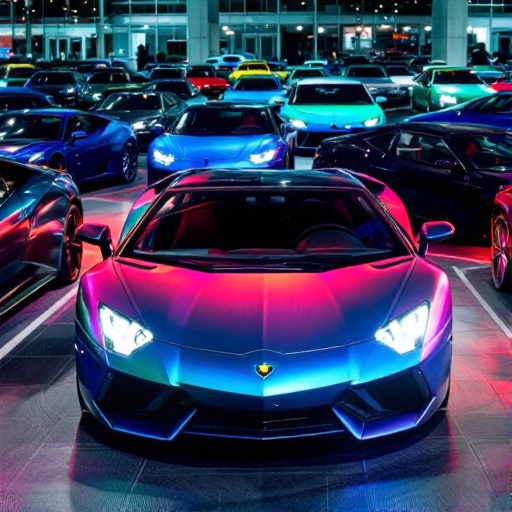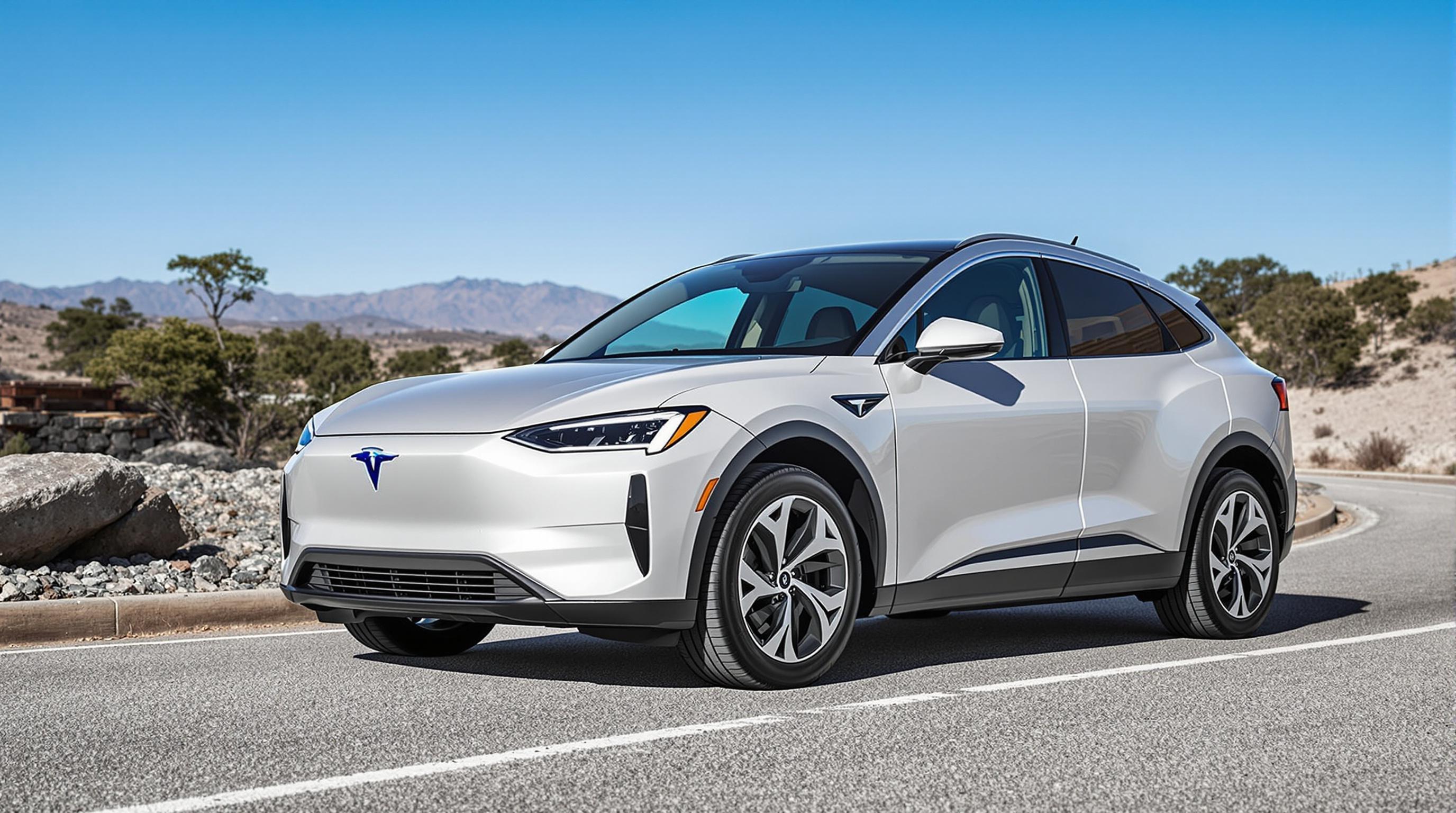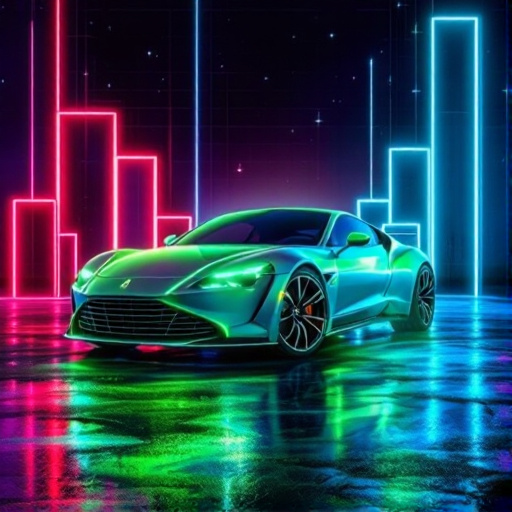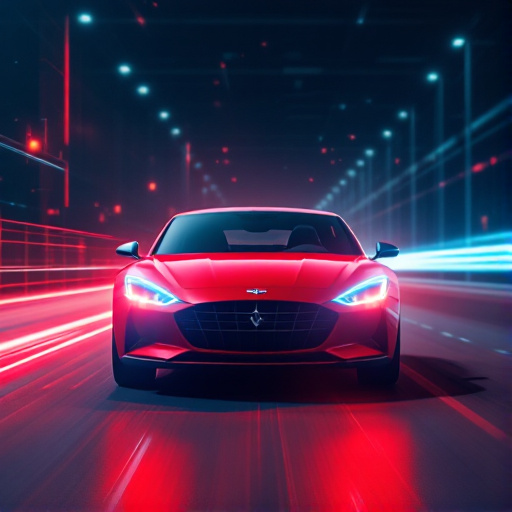Related Articles
- Unveiling the Unthinkable: How Your Social Media Posts Could Impact Your Car Insurance Premiums
- "From Showroom to Social Media: How Dealerships are Becoming Digital Storytellers in 2023"
- "From Showroom to Stream: The Rise of Virtual Reality Test Drives at Dealerships"
- Revving Up Sales: How Virtual Reality is Transforming the Dealership Experience for Shoppers and Sellers Alike
- Selling Experiences: How Dealerships Can Transform into Immersive Automotive Entertainment Hubs
- The Surprising Impact of Your Credit Card Habits on Car Financing: What You Didn't Know!
The Secret Psychology Behind Your Car Color Choice: What It Says About You When Buying a Vehicle
The Secret Psychology Behind Your Car Color Choice: What It Says About You When Buying a Vehicle
When you choose a car, your color choice reveals more than just your personal taste; it reflects psychological nuances that can be surprisingly telling about your personality. This article delves into the fascinating psychology behind car color choices, exploring what those choices might say about you and how these colors impact perceptions, driving behavior, and even resale value.
The Color Spectrum of Personality
Psychology has long studied how colors affect our emotions and behaviors, and it's no different when it comes to automobiles. A study published in the Journal of Psychology found that people's preference for certain colors can be linked to specific personality traits (Eisner, 2022). So, what does your car color really say about you?
Red: The Color of Passion and Power
Choosing a red car often symbolizes enthusiasm and assertiveness. According to a survey by AutoTrader, red is one of the most favored colors among buyers aged 25 to 34, a demographic often associated with vibrancy and adventure. Many people view those who drive red cars as confident and energetic. You can already picture the kind of person who would drive one—they're likely the life of the party, right?!
Case Study: The Bold Red Driver
Take Sarah, a 28-year-old marketing executive who decided to buy a bright red sports car. For her, the color is a reflection of her vibrant personality and ambition in her career. "I wanted something that represented my energetic lifestyle," she says. In her world, the red car is not just a mode of transport; it’s a statement.
Blue: Trust and Serenity
On the other hand, blue cars are often preferred by those who value reliability and trustworthiness. A psychological study indicated that blue is seen as a calming color, evoking feelings of tranquility (Luscher, 2023). Statistically, blue cars frequently hold their value best, which is something that practical buyers, often between 35-50 years old, appreciate. People who go for blue might be more rational decision-makers, weighing their options carefully before making a purchase.
The Unexpected Impact of Color on Vehicle Resale
But it’s not just about personal preference; car color can significantly influence resale value. A 2021 study by the automotive research firm iSeeCars revealed that certain colors retain their value better than others. For example, white and black cars tend to sell for higher prices than more niche colors.
Whether you like it or not, practicality can play a major role in how buyers see your choice. A buyer who catches sight of a dull-colored car at a used car lot might immediately think, "This has been sitting here too long!" and simply walk on by. It’s a cutthroat market out there!
Black: The Color of Elegance and Authority
If you've ever noticed that professionals often favor black cars, you're not imagining it. Black signals strength, authority, and sophistication, making it a popular choice among executives and business owners. According to a report from PPG Industries, black is the top color for luxury vehicles.
Consider John, a 45-year-old attorney who owns a sleek black luxury sedan. "I believe the car reflects my professional identity," he states. "When my clients see me get into my car, I want them to feel reassured of my capabilities." This aligns with the common perception that black vehicles tend to exude power and luxury.
Joyful Yellow: Optimism and Creativity
Now, let’s flip the spectrum! Yellow cars are less common and are often chosen by individuals who are optimistic and creative. You might think of yellow as a playful color that often embodies sunshine and happiness. A person who opts for this vibrant shade may be seen as cheerful, outgoing, and eager for fun. So, is anyone ready to book a test drive in a sunny yellow convertible?
Green: Nature and Stability
For many, green is associated with freshness, nature, and stability. It resonates with those who value eco-friendliness and may even lean toward hybrids or electric cars. Research from the University of Melbourne found that green car owners tend to be environmentally conscious, demonstrating a commitment to sustainability.
For example, Jessica, a 30-year-old environmental activist, chose a metallic green hybrid vehicle to reflect her values. "My car is my statement about going green. It’s not just lovely to look at; it’s a part of my lifestyle," she says.
Colors of Casualness: Silver and Grey
Silver and grey vehicles command a neutral stance, often correlating with practicality and caution in decision-making. A common perception is that silver car owners are clever, technologically inclined, and often appreciate style without the fuss of flashy colors. It's akin to needing a dependable friend who you know will always show up on time.
The Social Implications of Your Car Color
Interestingly, car color can create social signals for others as well. A white car owner might enjoy the societal notion that white embodies purity and simplicity, while someone in a flashy orange car may provoke curiosity and attention. Each color, therefore, attracts different types of responses from the general public.
Statistical Perspectives: What the Numbers Say
According to the same report by iSeeCars, white cars account for roughly 24% of the global car market, making it the most popular color. Yet, how does this statistic inform your spending habits? It shows that many others are opting for the conventional choice due to perceptions of safety and resale value.
Personal Reflection: A Colorful Journey
Reflecting on my own driving habits, I once owned a bright orange sedan. It was an impulsive buy, driven by the thrill of wanting something that stood out. What I didn’t realize was just how much attention I would draw—both good and bad. "Your car looks like a traffic cone!" one friend joked. Eventually, I sold it and switched to a safe navy blue. Looking back, it dawned on me that my color choice had unconsciously mirrored my desire for acceptance.
How to Choose Your Vehicle Color Wisely
When it’s time to select your next car, consider not only its mechanical capabilities but also its color. Reflect on what you want your vehicle to say about you. Often, the first step is to take some time to assess your values and lifestyle before heading to the dealership. At the end of the day, both the practical and psychological aspects matter.
In Conclusion: Color Your World
Ultimately, the colors we are drawn to tell fantastic stories about who we are and how we perceive the world around us. From the fiery enthusiasm of red to the calming nature of blue, our car color choices are windows into our identities. So next time you're in the market for a new vehicle, think twice about that vibrant hue you’re eyeing—your personality might be driving behind the wheel!
As you make this decision, don’t forget to consider how it will resonate with others. Whether you’re aiming for sophistication or a lively character, remember that the world, much like your car, is vibrant and complex. Happy driving!





